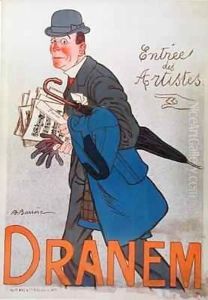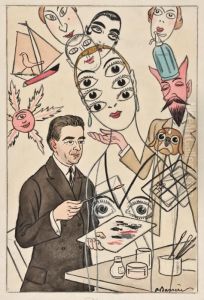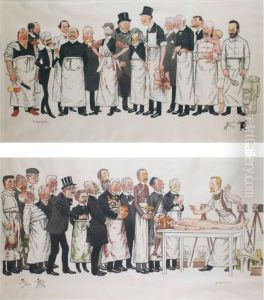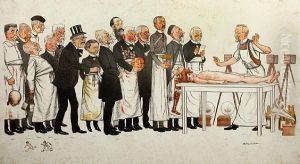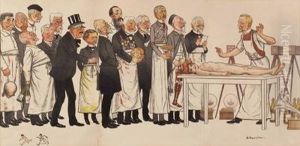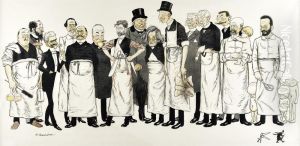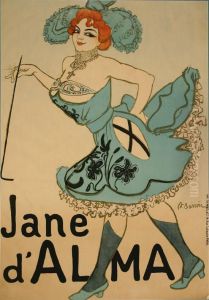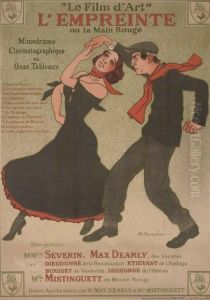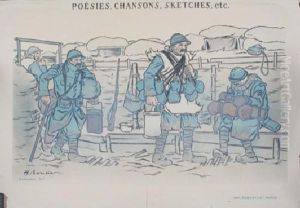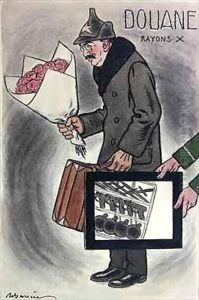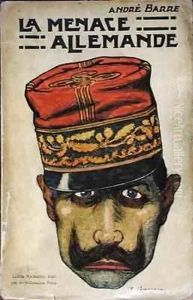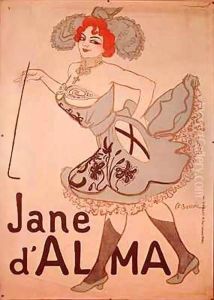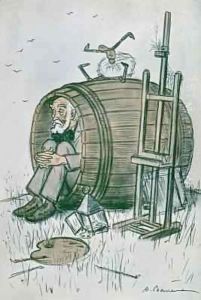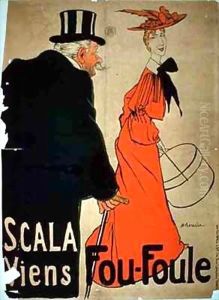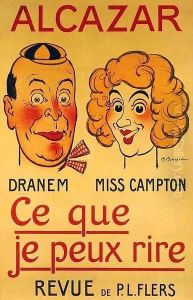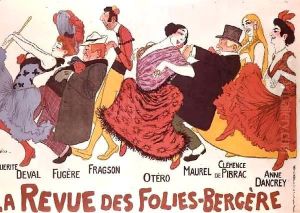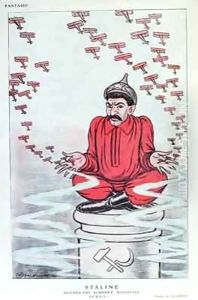Adrien Barrere Paintings
Adrien Barrère, born Adrien Baneux in 1877 in Paris, France, was a prominent French poster artist and caricaturist known for his significant contributions to the world of entertainment, particularly in the realm of cinema and theatre. Barrère embarked on his artistic journey at a young age, initially studying medicine before fully devoting himself to art. His transition from the medical field to the arts did not sever his ties with medicine completely, as his early works often featured medical and scientific themes, reflecting his unique blend of interests.
Barrère's artistic career took a definitive turn when he began creating posters for the entertainment industry in the early 20th century. His works were characterized by a distinctive mix of humor, satire, and caricature, capturing the essence of the subjects with a playful yet insightful touch. He became most renowned for his theatre and movie posters, as well as caricatures of famous personalities of his time, including actors, musicians, and public figures. His ability to encapsulate the spirit of Parisian culture during the Belle Époque and the interwar period in France made his artworks highly sought after and appreciated.
Throughout his career, Adrien Barrère produced an extensive portfolio of works, contributing to the popularization of the entertainment culture in Paris and beyond. His posters not only served as promotional material but also as valuable artistic expressions that documented the evolving trends in entertainment and society's perceptions during the early 20th century.
Despite his prolific output and influence in the art world, detailed accounts of Barrère's personal life remain relatively scarce, with the focus primarily on his artistic legacy. After his death in 1931, his contributions continued to be celebrated, with his works being exhibited in various galleries and museums, preserving his place in the annals of French art history. Adrien Barrère's legacy lives on, not only through his surviving works but also through the continued study and appreciation of his unique approach to capturing the zeitgeist of his era through art.
